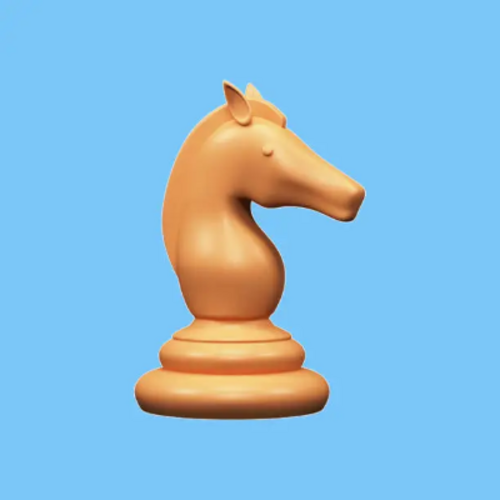Description
Generative AI starts with a prompt that could be in the form of a text, an image, a video, a design, musical notes, or any input that the AI system can process. Various AI algorithms then return new content in response to the prompt. Content can include essays, solutions to problems, or realistic fakes created from pictures or audio of a person.Early versions of generative AI required submitting data via an API or an otherwise complicated process. Developers had to familiarize themselves with special tools and write applications using languages such as Python.
Now, pioneers in generative AI are developing better user experiences that let you describe a request in plain language. After an initial response, you can also customize the results with feedback about the style, tone and other elements you want the generated content to reflect.



